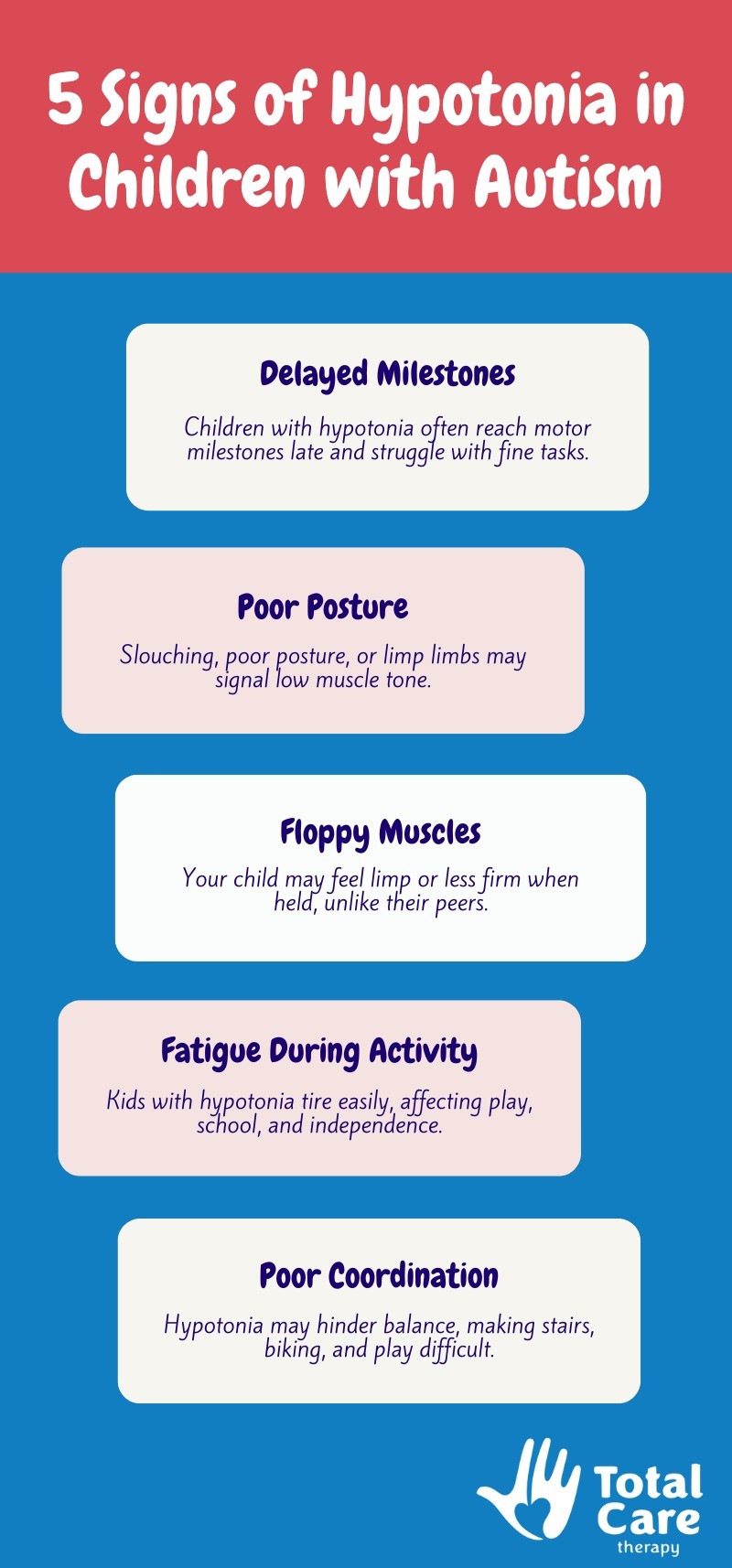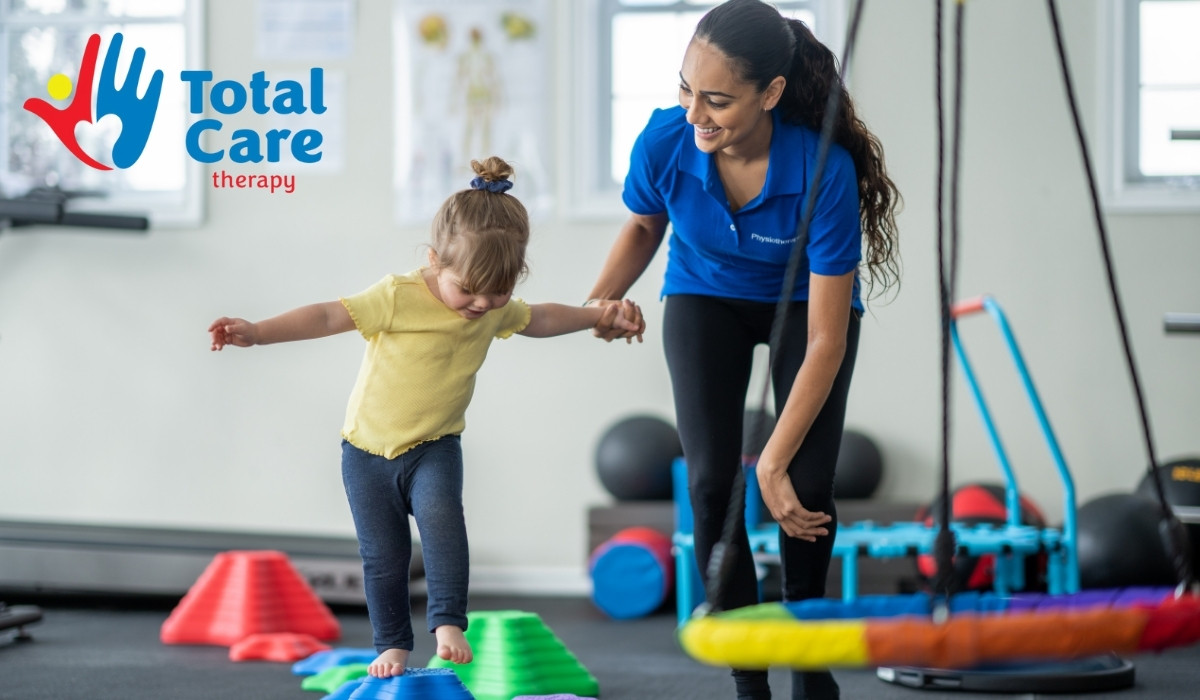Hypotonia in Autism Spectrum Disorder: Is It Genetic?
Hypotonia in autism spectrum disorder raises questions—find out whether low muscle tone is genetic and how it affects motor and social development.
Hypotonia in Autism Spectrum Disorder: Is It Genetic?
Key Points:
- Hypotonia, or low muscle tone, is commonly observed in children with autism spectrum disorder.
- Genetic factors likely play a significant role in the overlap between hypotonia and autism.
- Early intervention through therapies like ABA can help address developmental delays associated with hypotonia.
When parents first hear the word hypotonia, it can sound overwhelming. It’s a clinical term for what’s often described as “low muscle tone”—a condition that makes a child seem floppy, unsteady, or weak. Now pair that with an autism diagnosis, and naturally, many caregivers begin to ask deeper questions. One that comes up often is: Is hypotonia in autism spectrum disorder genetic?
This article unpacks that question in full. We’ll explore what hypotonia is, why it’s common in children on the autism spectrum, the genetic links that researchers are uncovering, and what parents can do when they notice signs of hypotonia in their child.
What is Hypotonia in Autism Spectrum Disorder?
Hypotonia in autism spectrum disorder refers to low muscle tone that appears alongside developmental and behavioral symptoms commonly associated with autism. Muscle tone isn’t about muscle strength; rather, it’s about how muscles respond to movement and resistance. Children with hypotonia may feel like “rag dolls” when picked up, have difficulty holding up their heads, tire easily during physical activity, or walk later than their peers.
In autism, hypotonia is not considered a core diagnostic criterion. But many studies and clinical observations show that motor difficulties, including hypotonia, are frequently present. In fact, research suggests that between 30% and 60% of children with autism show some form of motor delay, including low tone.
5 Signs of Hypotonia in Children with Autism
Before exploring genetic links, it’s important to understand what hypotonia looks like. Some signs may seem subtle or might be brushed off as “just being clumsy” or “taking their time.” But if these indicators persist, they may point to hypotonia, especially when seen alongside autistic traits.
Here are some common signs to watch for:

When these challenges are combined with communication delays, sensory issues, or repetitive behaviors, a comprehensive developmental assessment is often warranted.
The Genetics Behind Hypotonia in Autism Spectrum Disorder
So, what’s causing hypotonia in these children? Is it purely neurological, or is there a deeper biological reason—perhaps even genetic?
Recent studies suggest that the answer may lie in our DNA.
Genetics as a Shared Contributor
Both autism and hypotonia have strong genetic components. Several genetic syndromes that include autism as a feature—such as Down syndrome, Prader-Willi syndrome, Rett syndrome, and Angelman syndrome—also list hypotonia as a hallmark characteristic. These overlaps suggest that some of the same genes responsible for brain development may also influence muscle tone.
In some cases, chromosomal deletions or duplications (copy number variations) can affect the parts of the brain that regulate both behavior and motor function. Genes like SHANK3, MECP2, and UBE3A—which are frequently associated with autism—are also implicated in neuromuscular development.
Mitochondrial Dysfunction
Emerging research also links mitochondrial disorders with both hypotonia and autism. Mitochondria are the energy powerhouses of cells, and when they don’t work properly, it can affect both brain and muscle function. Children with mitochondrial dysfunction often present with fatigue, developmental delays, and muscle weakness.
While this doesn’t mean all cases of hypotonia in autism are genetic, it does reinforce the importance of genetic testing and neurological evaluations, especially when low tone is significantly impacting daily functioning.
Can Hypotonia in Autism Improve Over Time?
This is one of the most pressing concerns for parents. The good news? Yes, with the right interventions, many children make meaningful progress.
The brain and muscles are highly adaptable in early childhood, and therapies focused on motor planning, coordination, and strength can help reduce the impact of hypotonia over time. However, the approach must be individualized.
Let’s break down some practical steps families can take.
What Helps Children with Hypotonia in Autism Spectrum Disorder?
If your child has been diagnosed with both hypotonia and autism, here are supportive interventions that may help address both areas simultaneously:
- Physical Therapy (PT): PT is one of the first lines of support for hypotonia. Therapists focus on building core strength, improving balance, and enhancing motor coordination. Sessions are often play-based to keep kids engaged.
- Occupational Therapy (OT): OT addresses fine motor delays—like writing, using scissors, or getting dressed. For children with autism, this also includes sensory integration work and functional independence.
- Speech and Language Therapy: Surprisingly, hypotonia can impact oral-motor function, making it difficult for some kids to chew, swallow, or form words. A speech therapist can address these challenges through targeted exercises.
- ABA Therapy (Applied Behavior Analysis): This is where Total Care ABA comes in. ABA therapy supports not only behavior and communication but can be adapted to help children participate more fully in therapies like OT and PT. For instance, ABA techniques can reinforce a child’s motivation to complete physical tasks or tolerate new movements, both of which are common hurdles for kids with low muscle tone.
- Adaptive Equipment: In some cases, physical supports like orthotics, compression garments, or adaptive seating can help children with hypotonia engage more comfortably in daily routines.
- Nutrition and Medical Monitoring: Children with hypotonia may struggle with feeding or digestion. A nutritionist or developmental pediatrician can provide support to ensure overall health and energy levels are where they need to be.
When to Seek a Genetic Evaluation
If your child has both autism and significant hypotonia, ask your pediatrician or neurologist whether a referral to a geneticist is appropriate. You may benefit from:
- Chromosomal microarray testing
- Whole exome sequencing
- Mitochondrial disorder screening
A genetic diagnosis won’t change who your child is, but it may provide insight into what therapies will help the most, what other symptoms to monitor, and whether future siblings may be at risk.

The Role of ABA Therapy in Supporting Children with Hypotonia
One of the strengths of ABA therapy is its flexibility. While traditionally used to address behavioral and communication goals, ABA principles can also be applied to build motor skills and increase participation in physical tasks.
For example, if a child resists activities like crawling, climbing, or using utensils due to low tone or fatigue, an ABA therapist can break those tasks into manageable steps and use reinforcement to build persistence. ABA can also support parent training—teaching families how to embed motor goals into everyday routines, like playtime or meal prep.
At Total Care ABA, we understand the challenges that come with managing multiple diagnoses. Whether your child is just beginning their autism journey or is already receiving therapies, ABA can serve as a strong, evidence-based foundation for their growth.
Find Support Through Total Care ABA
If your child is facing challenges related to hypotonia in autism spectrum disorder, you're not alone—and you don’t have to navigate this journey without support. At Total Care ABA, we offer personalized ABA therapy designed to meet your child’s unique needs, helping them build strength, independence, and confidence through consistent, structured support.
We proudly provide ABA therapy in Tennessee, North Carolina, Arizona, Maine, Georgia, Indiana, Utah, and New Mexico.
Reach out to learn how our compassionate and experienced team can support your family every step of the way.








